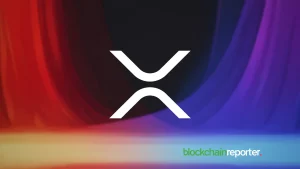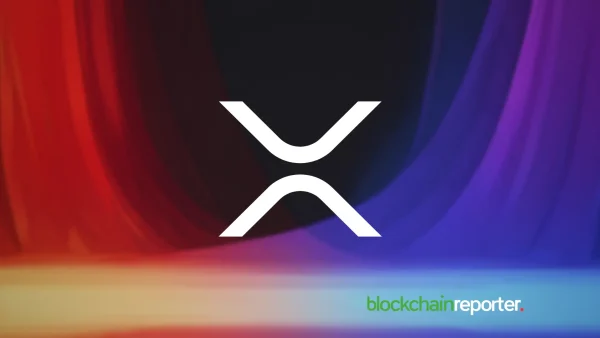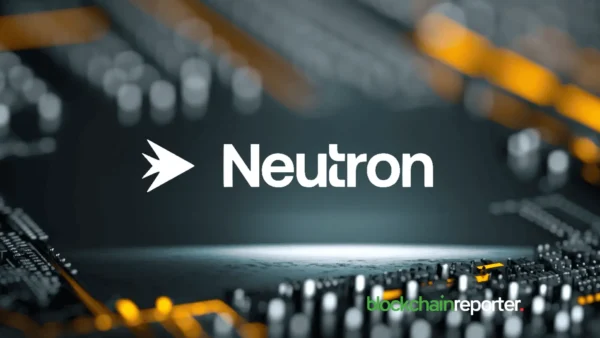
Overview: The Shift in the Crypto Landscape
Decentralized exchanges (DEX), which enable cryptocurrency trades without the need for conventional intermediaries, are experiencing a decline in market dominance. These platforms utilize blockchain-powered smart contracts to facilitate trades, with users maintaining control of their assets throughout the transaction.
While many expected a surge in popularity for decentralized venues like Uniswap and dYdX following the downfall of the FTX exchange, the expected growth didn’t materialize. In fact, by June this year, trading volumes on these platforms dipped by 76% to $21 billion compared to January 2022.
Centralized vs. Decentralized: A Comparative Analysis
Centralized crypto exchanges have not been immune to the market’s downturn either, seeing a 69% decline, leaving them at $429 billion, as per Kaiko’s data. However, they have fared better than their decentralized counterparts. By March 2023, decentralized platforms’ market share had already slipped to 5% from its 7% peak.
While decentralized exchanges attract enthusiasts opposed to the conventional financial model, they face challenges. Their intricate user interfaces, slower transaction speeds, and lack of liquidity compared to major centralized platforms like Binance and Coinbase make them less appealing to many.
Richard Galvin from Digital Asset Capital Management noted that while these platforms continue to evolve, many institutional investors still find them inaccessible.
Innovations in Decentralized Platforms
To enhance their offerings, many decentralized platforms have initiated upgrades. For instance, Uniswap introduced a protocol aimed at offering clients better rates by pooling multiple digital asset liquidity sources. Vertex, a blockchain enterprise, also launched a decentralized exchange boasting speeds on par with centralized platforms.
Regulatory Hurdles and Compliance Concerns
PwC’s survey on crypto hedge funds highlighted that decentralized exchanges encounter compliance challenges due to a lack of regulation. Townsend Lansing from CoinShares International Ltd. commented on the regulatory challenges, terming them a significant obstacle.
Interestingly, even as trading volumes on decentralized platforms have decreased, their monthly active users have shown consistent growth, surpassing 1 million this year, as per Token Terminal statistics. This trend could be attributed to concerns about centralized platforms, especially after the FTX scandal and the subsequent heightened regulatory attention.
Future Prospects: Can Decentralized Exchanges Rebound?
The surge of traditional financial entities into the crypto realm, such as the recent launch of the institutional-focused EDX Markets backed by major firms like Citadel Securities and Fidelity Digital Assets, is poised to alter the crypto ecosystem.
Yves Longchamp of Seba Bank AG believes this influx might initially benefit centralized exchanges. Still, as cryptocurrency demand grows, decentralized platforms could eventually see a boost in their volumes.
In conclusion, while decentralized crypto platforms face challenges, the evolving landscape and their continual improvements might offer brighter prospects in the near future.









